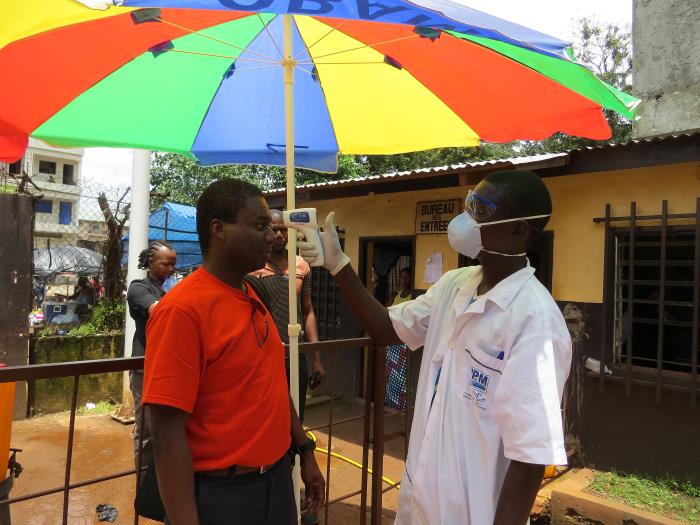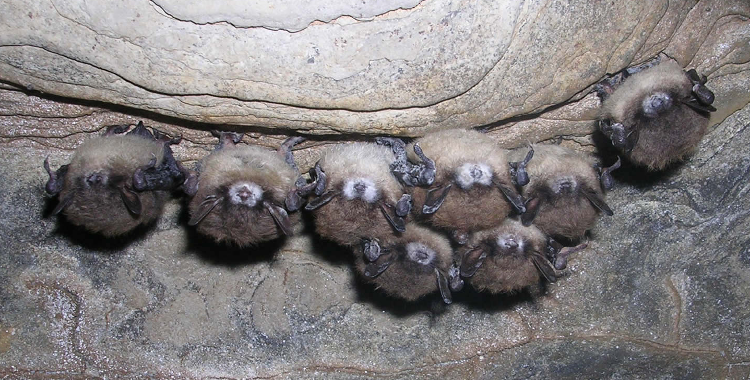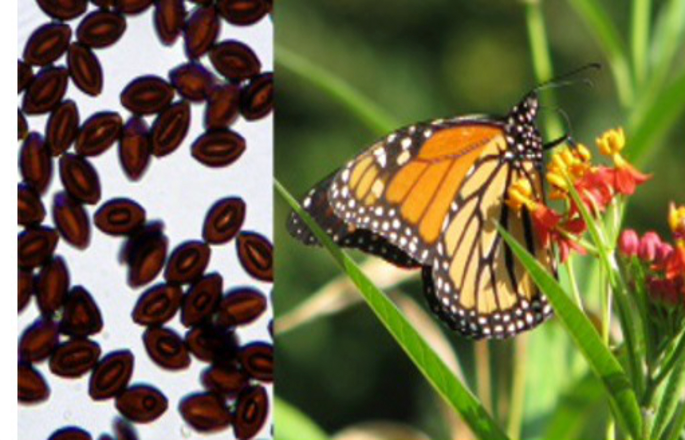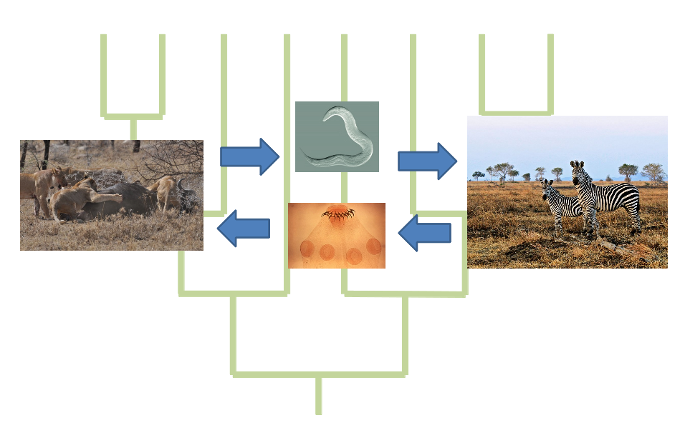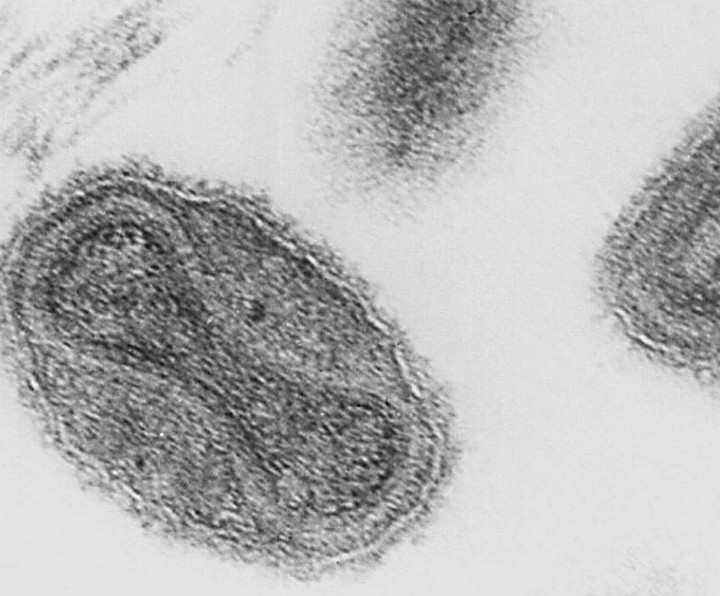Model Accuracy in Forecasting Pathogen Spread Using Climatic Data
Annakate Schatz, a student from Mount Holyoke College, worked with Dr. Andrew Kramer to test the accuracy of models used to predict pathogen spread. Abstract: Species distribution models (SDMs) are commonly used to predict the total possible area a species can occupy. These models, however, rely on an assumption of equilibrium with the environment. When


